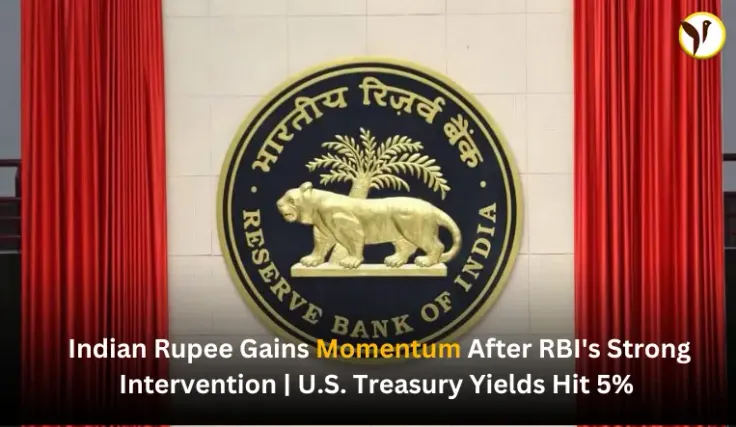The Indian rupee is poised to start higher on Friday, thanks to the substantial intervention by the Reserve Bank of India (RBI) in the previous session. Non-deliverable forwards suggest that the rupee will open at approximately 83.16-83.18 against the U.S. dollar, compared to 83.2450 on Thursday.
During Thursday's trading session, the RBI was actively offering dollars, with particularly significant intervention just before 3.30 pm, according to a foreign exchange trader at a major international bank. This late intervention likely prompted some investors with long positions on the USD/INR to exit, setting the tone for the rupee's performance on Friday.
Meanwhile, other Asian currencies faced declines as the 10-year U.S. Treasury yield reached 5% for the first time since 2007. Factors contributing to this upward pressure on U.S. yields include slightly higher-than-expected U.S. headline inflation data, robust economic indicators in the United States, unfavorable demand-supply dynamics, and signals from Federal Reserve officials indicating the likelihood of higher interest rates. The 10-year U.S. yield has increased by nearly 40 basis points in October, despite ongoing Middle East conflicts.
Federal Reserve Chair Jerome Powell reiterated the message conveyed by other policymakers, emphasizing that the strength of the U.S. economy and tight labor markets may necessitate stricter borrowing conditions to control inflation. However, rising market interest rates could potentially reduce the need for central bank intervention. Powell indicated that rates would likely remain unchanged at the upcoming November 1-2 meeting but could stay "higher for longer," according to Singapore's OCBC bank.
Additionally, recent data revealed that the U.S. labor market continues to perform well, as weekly jobless claims dropped to a nine-month low on Thursday.
Also read: Canada Evacuates Diplomats from India Amid Controversy







